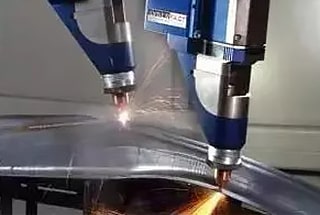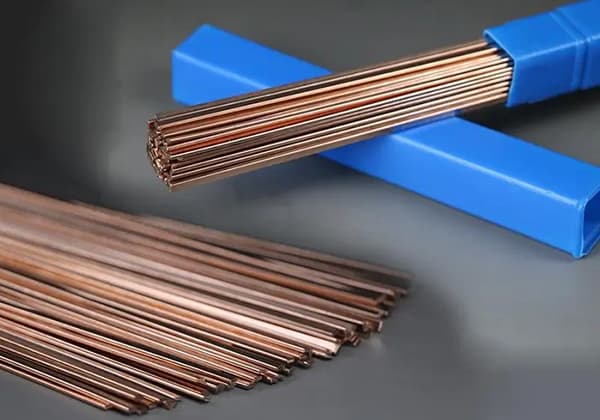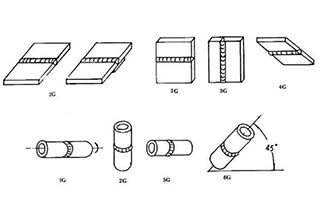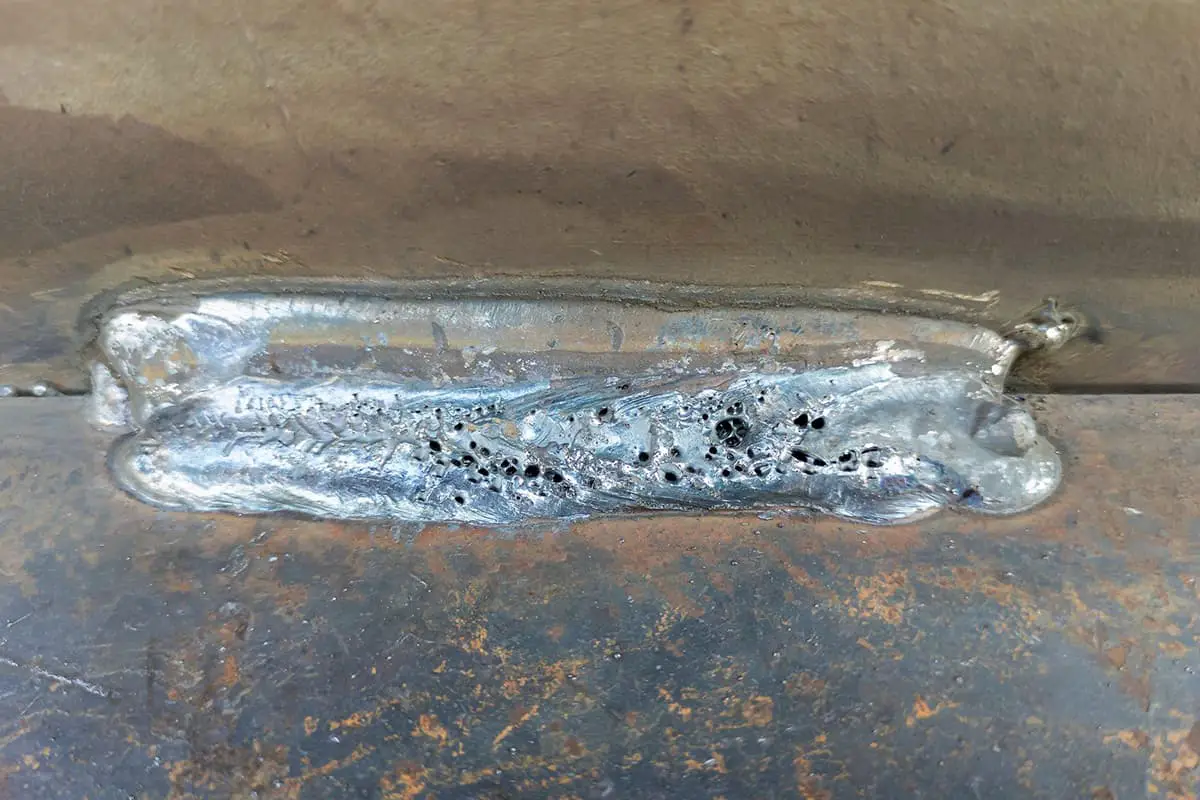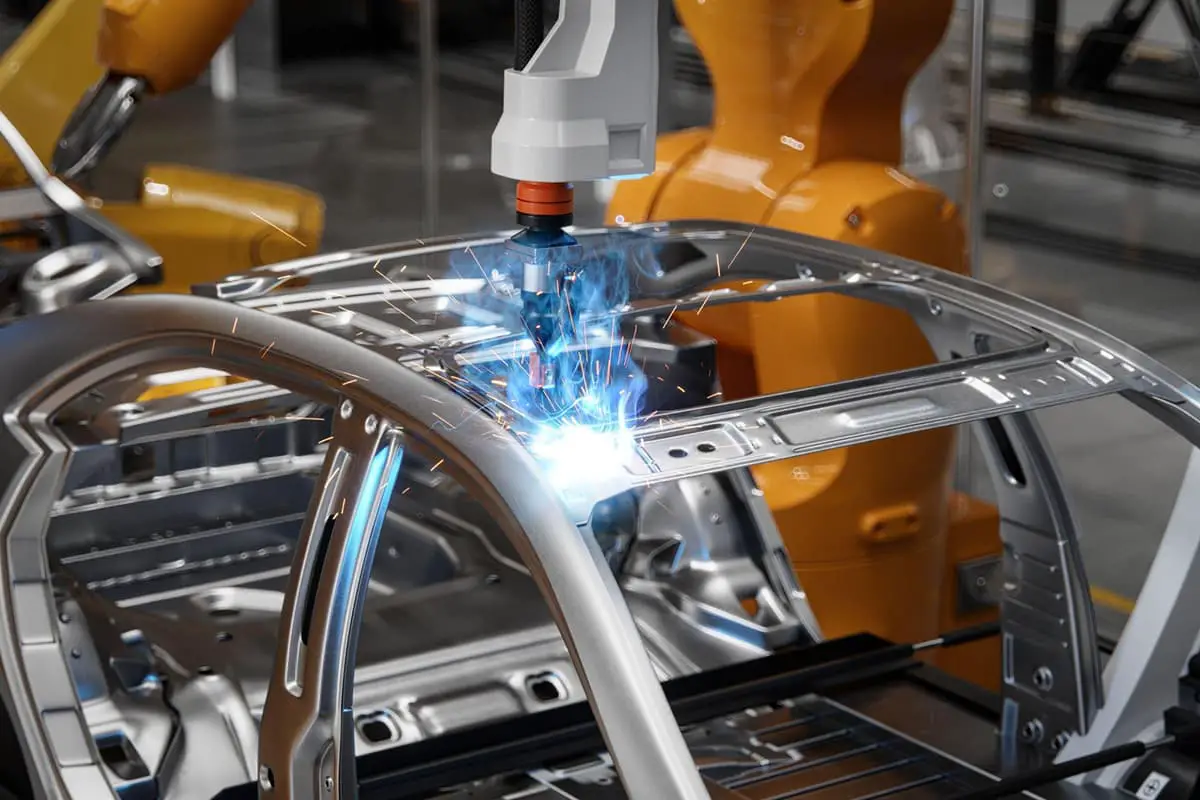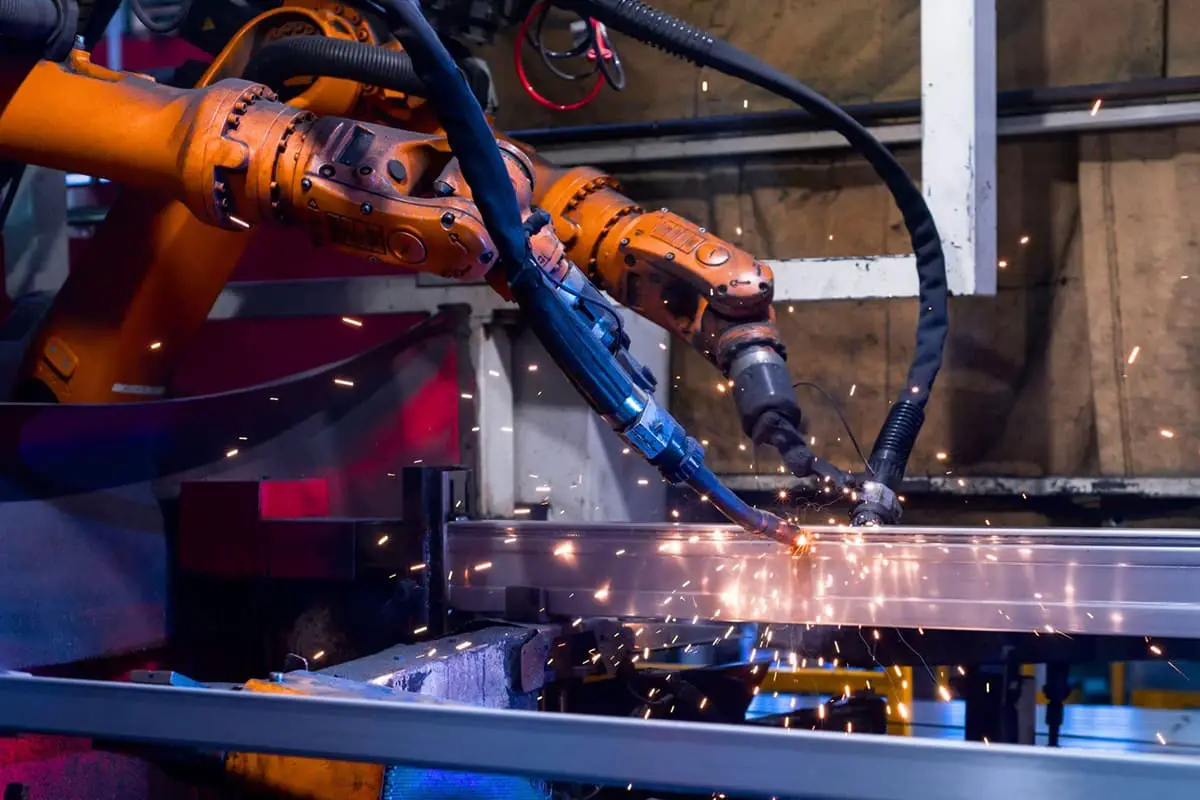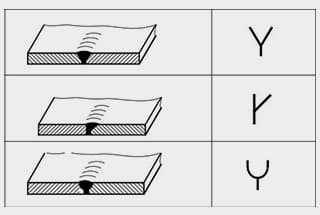
Ever wondered what “X-weld” or “tack-weld” means? Our latest article breaks down 292 crucial welding terms, offering clear definitions and practical examples. Whether you’re a seasoned welder or just starting, this glossary will be your go-to resource for understanding the intricate language of welding. Dive in to enhance your welding vocabulary and ensure your projects are up to industry standards. Read on to master these essential terms and improve your welding proficiency.




